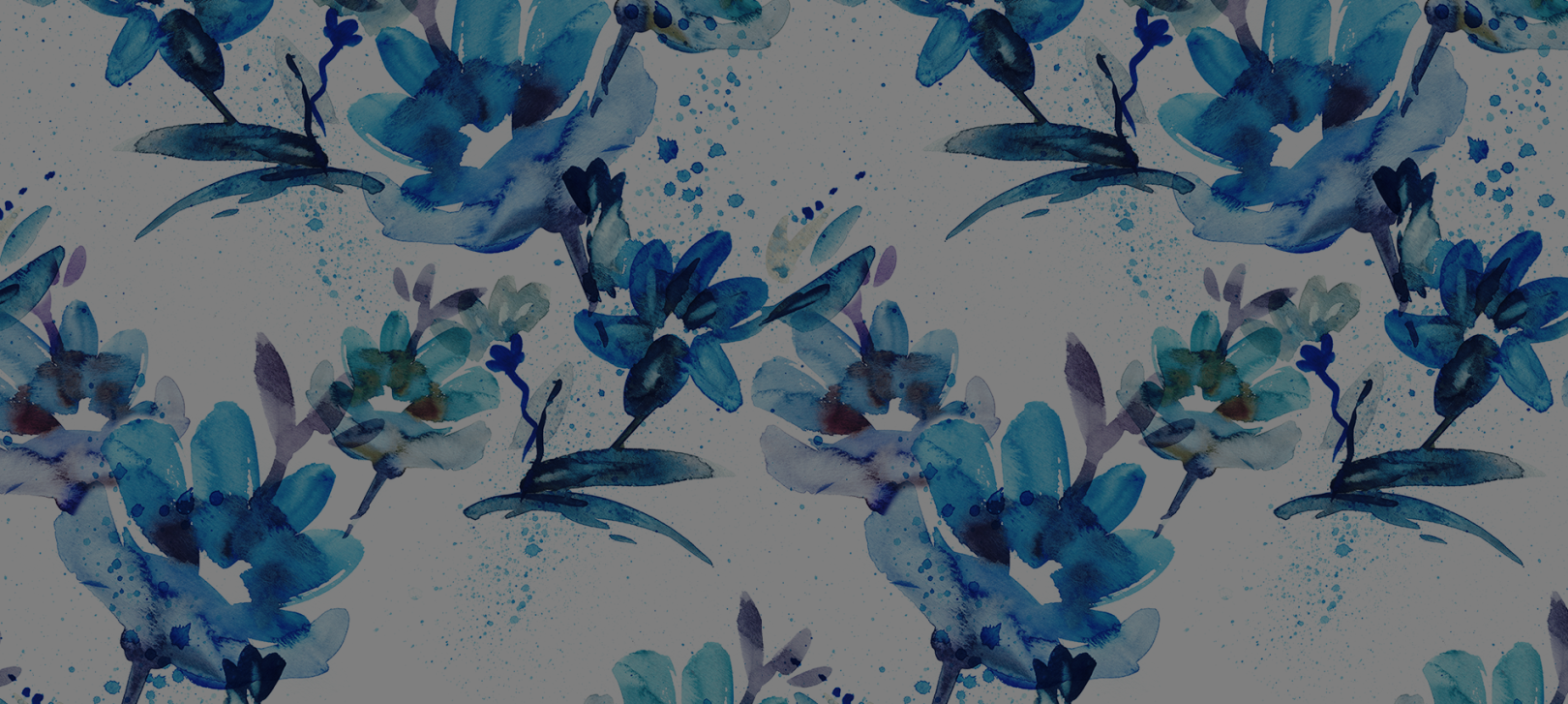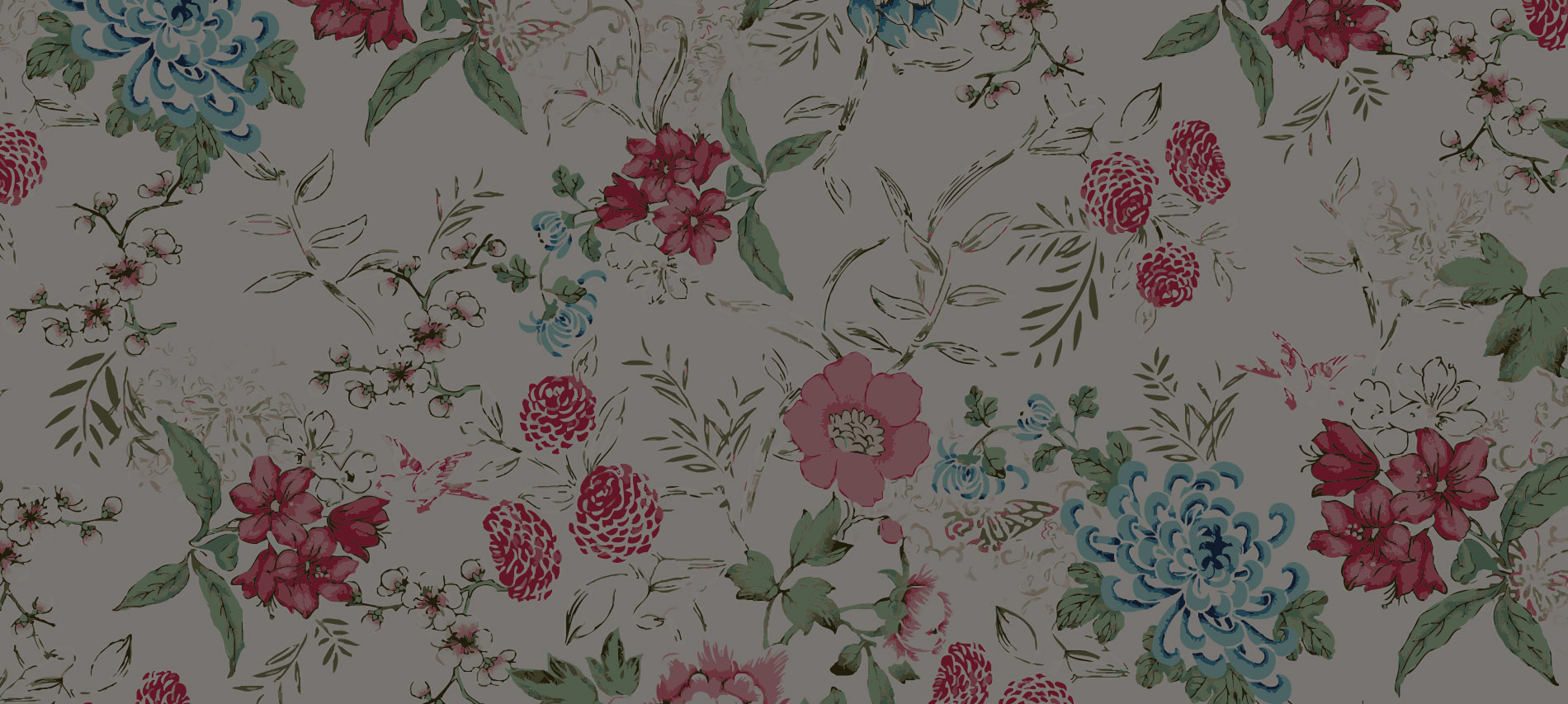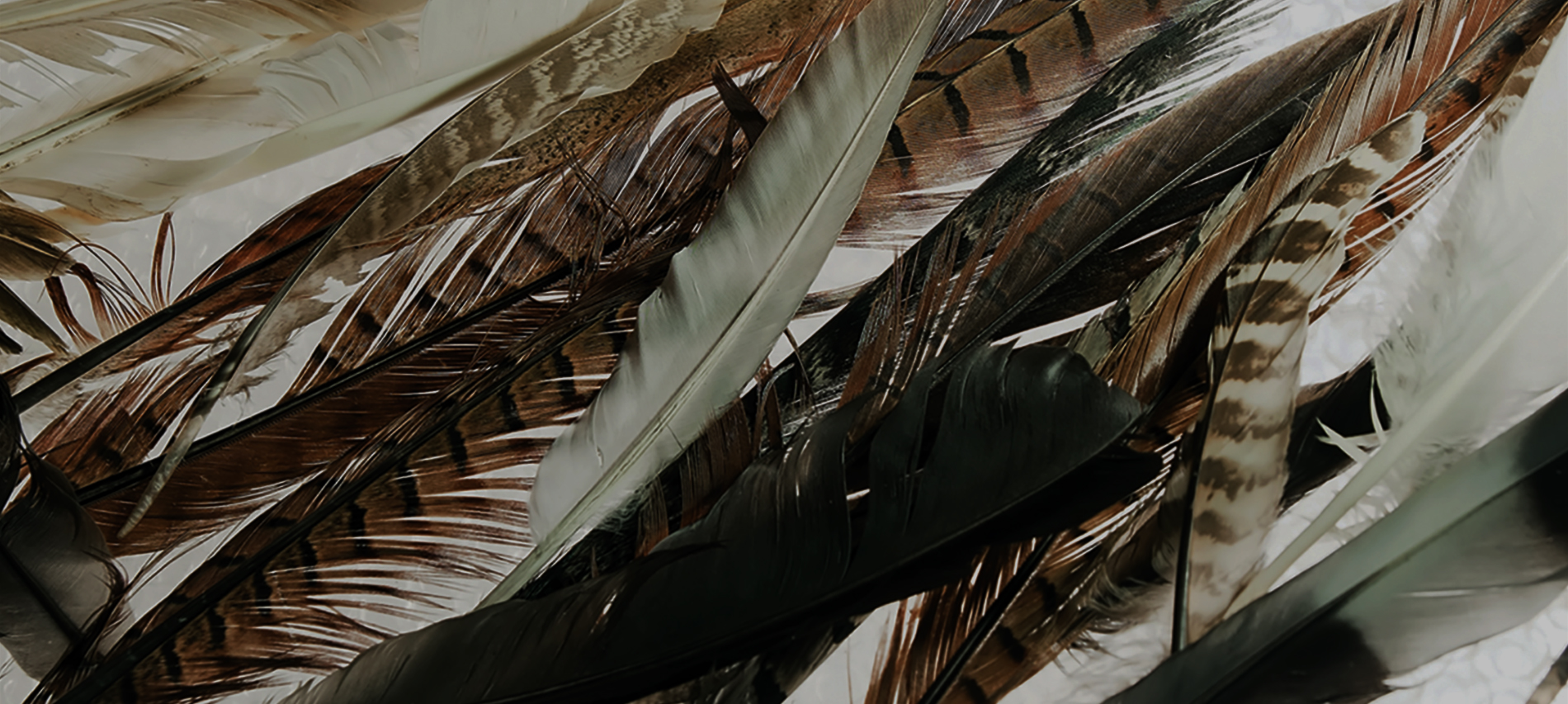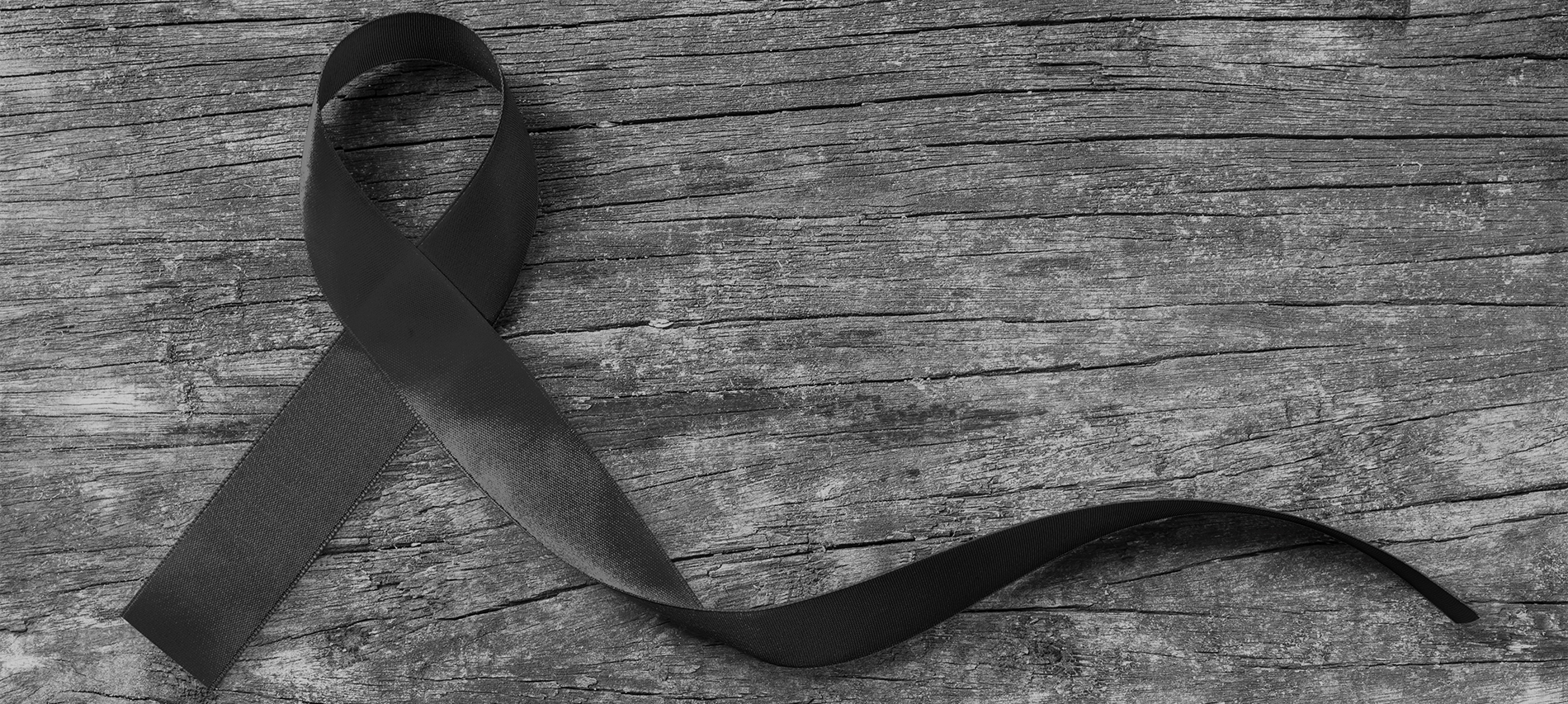Subir Chowdhury has helped numerous corporations to climb up the ladder of success in the course of his career. However, he has observed that while some companies benefit only marginally from the training others do exponentially well.
Chowdhury credits ‘a caring mindset’ as the difference in the performance of the two companies. Furthermore, he states that a caring mindset contains four facets.
The four facets make up a useful and memorable acronym: STAR. Here’s what it stands for:





Do you agree with Subir Chowdhury?

Tag: Penguin India
7 William Wordsworth Quotes that will Brighten Your Weekend
Born on 7 April 1770 in Cockermouth, Cumberland, William Wordsworth debuted as an author in 1787 when he published a sonnet in The European Magazine.
As a youngster, he was encouraged by his father to learn large portions of verse, by authors such as Shakespeare and Milton.
In 1793, Wordsworth published his first set of poems in a collections titled An Evening Walk and Descriptive Sketches. In 1795 after receiving an endowment of £900 from Raisley Calvert, he decided to pursue a career as a poet. With Samuel Taylor Coleridge, he published Lyrical Ballads in 1798 and launched the Romantic Age in English literature. Wordsworth was regarded as Britain’s Poet Laureate from 1843 until his death in 1850.
Today, as we celebrate his 247th birthday, here are some of his profound words.







Do you have a favourite quote by William Wordsworth?
A Poem by William Wordsworth You Should Fall in Love with
She was a Phantom of Delight
She was a Phantom of delight
When first she gleamed upon my sight;
A lovely Apparition, sent
To be a moment’s ornament;
Her eyes as stars of Twilight fair;
Like Twilight’s, too, her dusky hair;
But all things else about her drawn
From May-time and the cheerful Dawn;
A dancing Shape, an Image gay,
To haunt, to startle, and waylay.
I saw her upon nearer view,
A Spirit, yet a Woman too!
Her household motions light and free,
And steps of virgin-liberty;
A countenance in which did meet
Sweet records, promises as sweet;
A Creature not too bright or good
For human nature’s daily food;
For transient sorrows, simple wiles,
Praise, blame, love, kisses, tears, and smiles.
And now I see with eye serene
The very pulse of the machine;
A Being breathing thoughtful breath,
A Traveller between life and death;
The reason firm, the temperate will,
Endurance, foresight, strength, and skill;
A perfect Woman, nobly planned,
To warn, to comfort, and command;
And yet a Spirit still, and bright
With something of angelic light.
—William Wordsworth
5 Quotes by Jhumpa Lahiri on Books and Their Covers
We often hear, “do not judge a book by its cover.” Perhaps not in judging the book entirely, but the cover does form an important visual relationship to the book
Jhumpa Lahiri explores this relationship of text and image in her latest book, The Clothing of Books.
Here are some intriguing quotes by Jhumpa Lahiri on the covers of books:
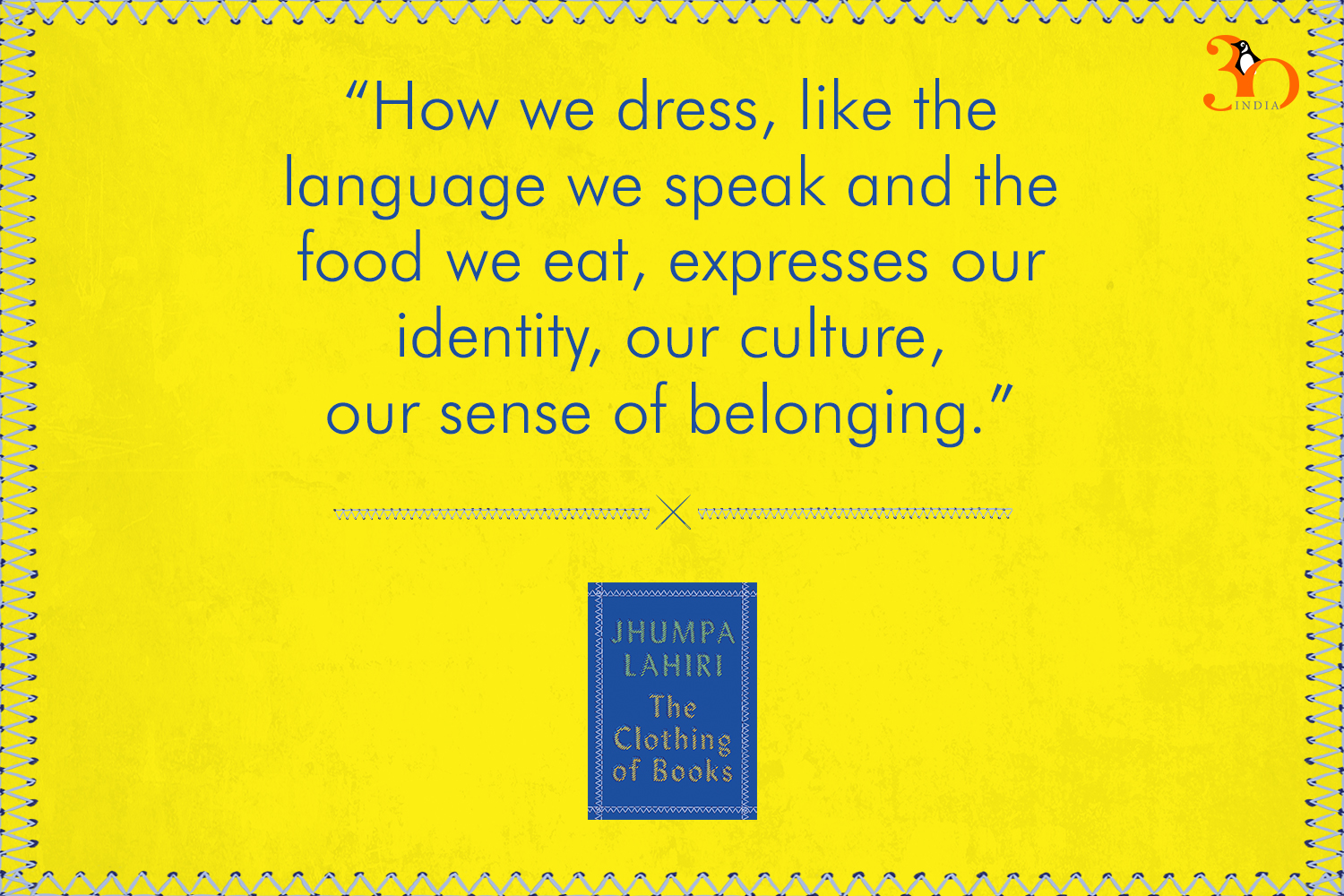
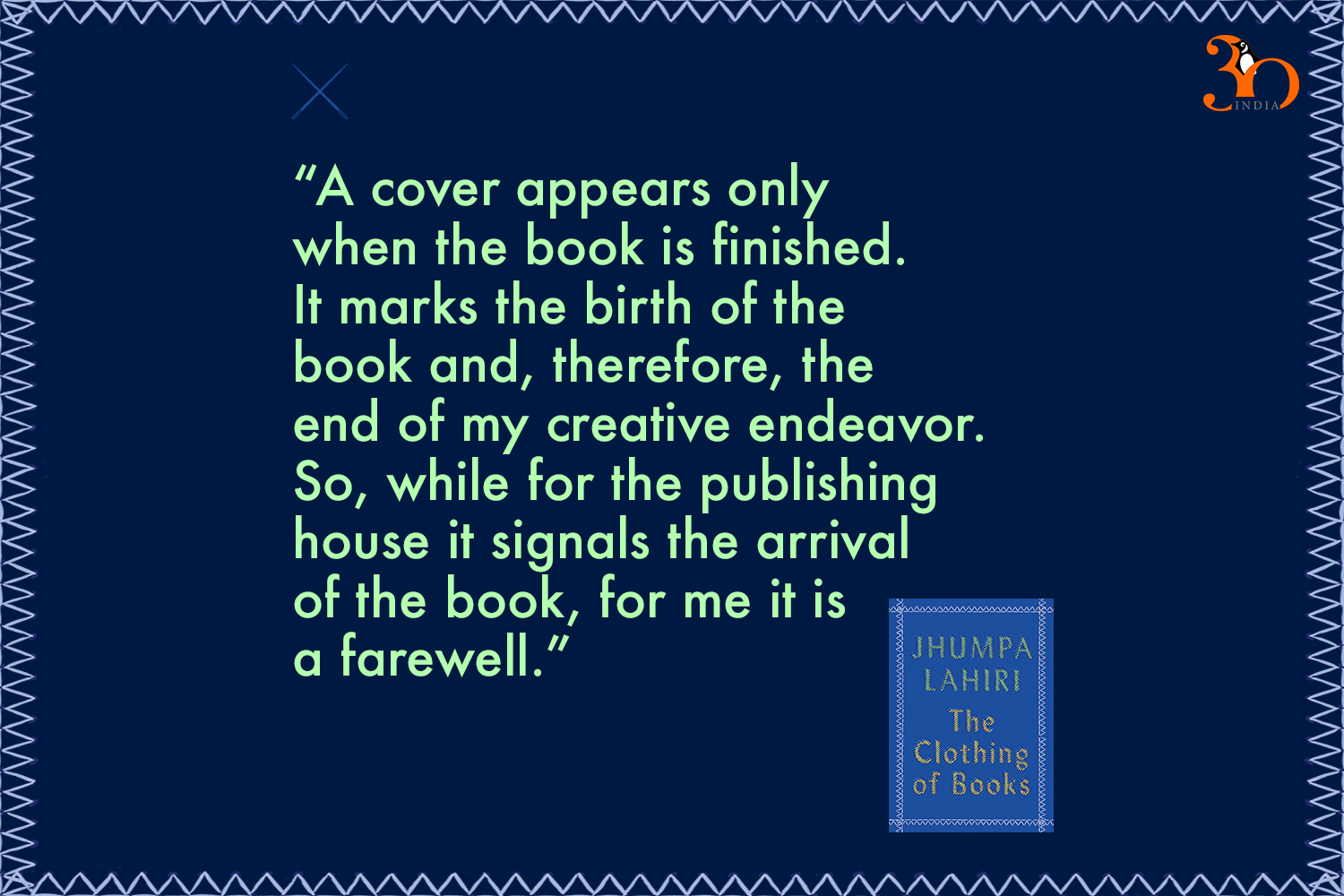
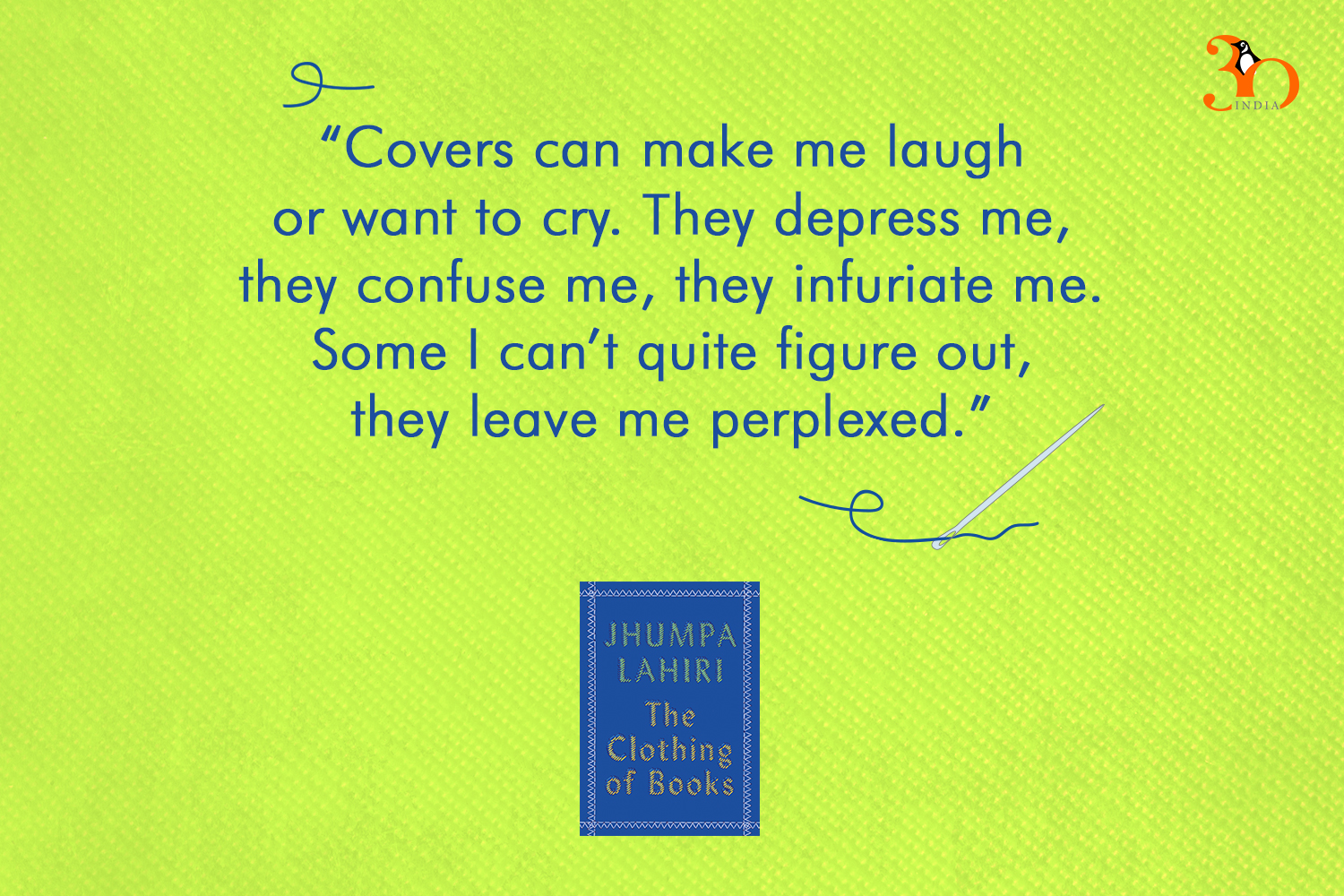
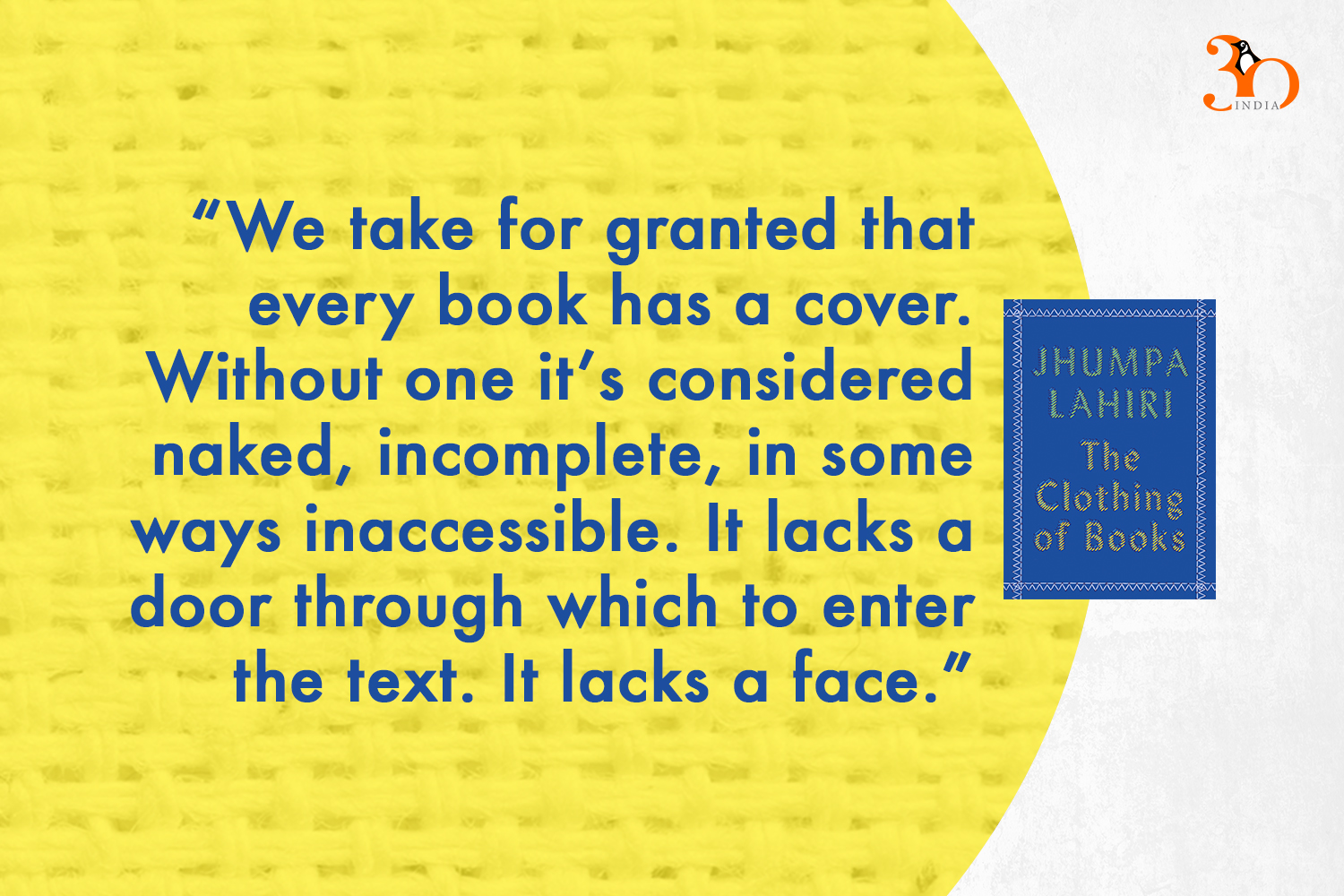
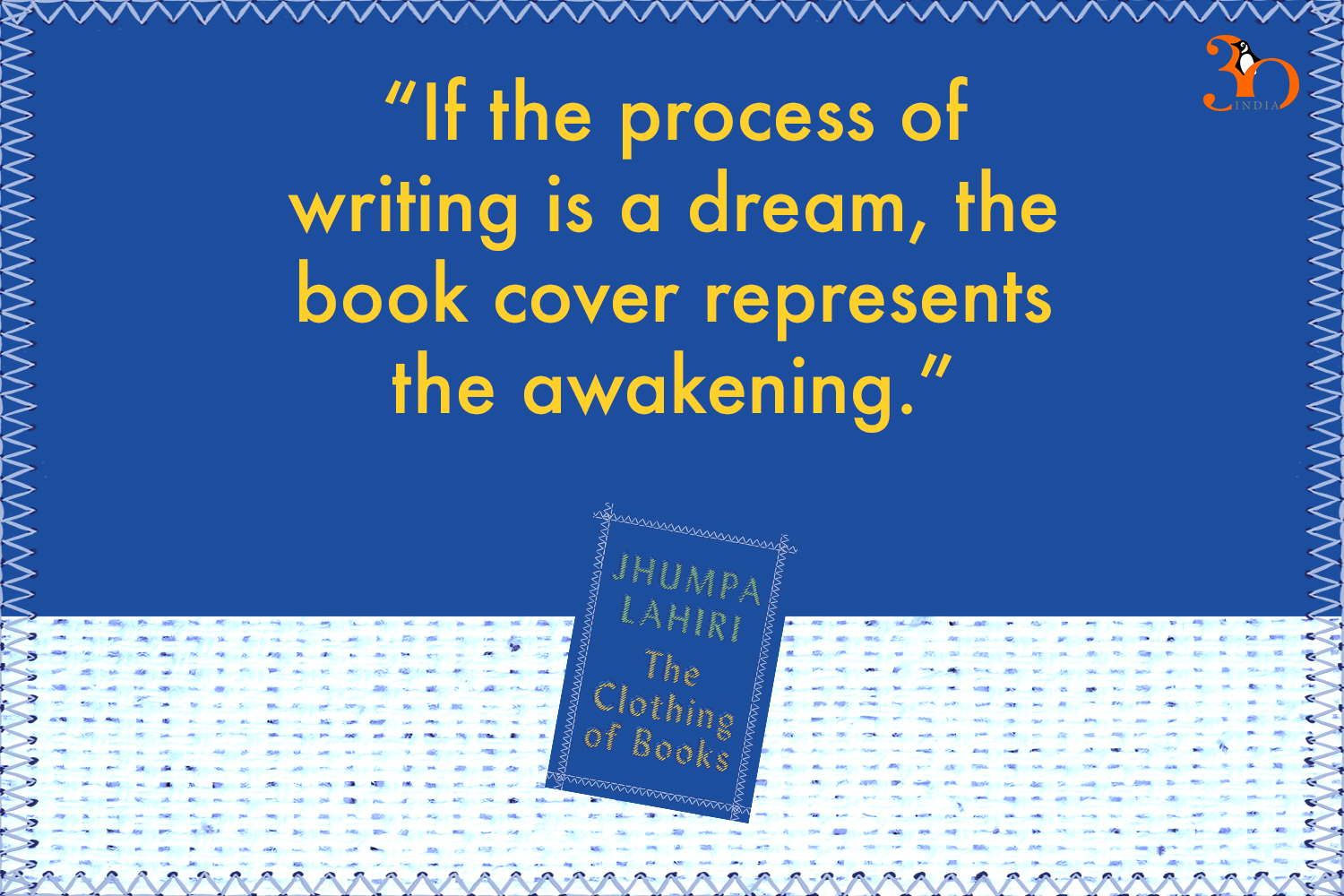
Probing the complex relationships between text and image, author and designer, and art and commerce, Jhumpa Lahiri explains what book covers and designs have come to mean to her in The Clothing of Books.

Classic Translations and Their Breathtaking Book Covers
The world of literature is full of some enigmatic works that transcend the boundaries of language.
If you are looking to immerse yourself in some beautifully translated works (with stunning covers), look no further.
Here’s a list of five gorgeous looking classic translations that will leave you enthralled!
Kalidasa’s Classics
Kalidasa, perhaps the most extraordinary of India’s classical poets, composed seven major works: three plays, two epic poems and two lyric poems. Originally written in Sanskrit, the legacy of the writings have passed on to generations through various translated media. Kalidasa’s classics are also filled with lush imagery—from the magnificence of the bountiful earth to the glory of the celestial gods, from the hypnotic lilt of birdsong to the passionate love stories between couples. This vibrant verbal imagery translates beautifully into the covers of these books. Whether it be the green hue of the glorious forests in Meghdutam or the myriad of colours in the love story between Shakuntala and Dushyanta in Abhijananashakuntalam or the colour blue depicting the travails of Dashratha in Raghuvamsam, the covers of the translations reflect the beauty of his works.

My Name is Radha by Sadat Hasan Manto
My Name Is Radha is a path-breaking translation of stories that delve deep into Manto’s creative world. In this singular collection, the focus rests on Manto the writer. The vibrant pink hue of the cover reflects the boldness of Manto’s writings and the retro-graphic and font on the cover reflect Muhammad Umar Memon’s attempt to keep true to the artfulness in the translation.

The Broken Mirror, None Other, and Steps in Darkness
Written and translated by the eminent iconoclast Krishna Baldev Vaid, his writings echo an aspect of the turmoil the people and the Indian subcontinent went through during the time of partition. The perpetuating, almost uncontrollable patterns on the covers of these translations perhaps reflect the myriad moods that people suffered through during those times.

Have you seen a cover of a translation which has left you awestruck? Share with us!

6 Quotes from Nadeem Aslam’s Searing New Book that will Leave You in Awe
Against a background of violence and fear, two outsiders in Pakistan try to find an island of calm in which their love can grow. In his characteristically enchanting prose, Nadeem Aslam reflects Pakistan’s past and present in a single mirror—a story of corruption, resilience, and the hope that only love and the human spirit can offer.
Here are six quotes from his new novel – The Golden Legend.






Struck by the searing instances above?

Politics and the Art of Branding
Political parties and consumer brands have more in common than you think, both have a set of target consumers and specific marketing strategies.
Here are a few things that political parties can learn from consumer brands
Leveraging Technology

Brand Proposition

Brand Ambassador

Youthful Brand Offering

Brand Slogan

Authenticity of Brands

Can you think of any more tips that political parties must bear in mind while planning their marketing campaign? Tell us in the comments.

Seven Derek Walcott Quotes that will Etch Him in Your Memory Forever!
Born in Castries, the St Lucia capital, Sir Derek Walcott’s first poems, which were self-published, emerged in 1948. His work celebrated his Caribbean culture, enhanced by an encyclopedic knowledge and insight in world history, global cultures and triumphs of humanity.
As a youngster, he struggled with questions of race and his passion for British poetry, describing it as a “wrestling contradiction of being white in mind and black in body, as if the flesh were coal from which the spirit like tormented smoke writhed to escape.”
Sir Walcott won the Nobel Prize in 1992, two years after his epic book-length poem Omeros, which brought him worldwide acclaim, was published. His dazzling, painterly work earned him a reputation as one of the greatest writers of the second half of the 20th century.
Today, as we remember him, let us have a look at some of his quotes.







RIP Sir Derek Walcott.
A Lesser-Known Poem by Robert Frost that You Must Know Of
‘Out, Out—’
The buzz saw snarled and rattled in the yard
And made dust and dropped stove-length sticks of wood,
Sweet-scented stuff when the breeze drew across it.
And from there those that lifted eyes could count
Five mountain ranges one behind the other
Under the sunset far into Vermont.
And the saw snarled and rattled, snarled and rattled,
As it ran light, or had to bear a load.
And nothing happened: day was all but done.
Call it a day, I wish they might have said
To please the boy by giving him the half hour
That a boy counts so much when saved from work.
His sister stood beside him in her apron
To tell them ‘Supper.’ At the word, the saw,
As if to prove saws knew what supper meant,
Leaped out at the boy’s hand, or seemed to leap—
He must have given the hand. However it was,
Neither refused the meeting. But the hand!
The boy’s first outcry was a rueful laugh,
As he swung toward them holding up the hand
Half in appeal, but half as if to keep
The life from spilling. Then the boy saw all—
Since he was old enough to know, big boy
Doing a man’s work, though a child at heart—
He saw all spoiled. ‘Don’t let him cut my hand off—
The doctor, when he comes. Don’t let him, sister!’
So. But the hand was gone already.
The doctor put him in the dark of ether.
He lay and puffed his lips out with his breath.
And then—the watcher at his pulse took fright.
No one believed. They listened at his heart.
Little—less—nothing!—and that ended it.
No more to build on there. And they, since they
Were not the one dead, turned to their affairs.
— Robert Frost
Master on Masters – An Excerpt
India is the only country in the world which has two traditions of classical music—those of the South or the ‘Carnatic’ and the North or ‘Hindustani’. However, I prefer to call it just music. The basis of all music in the world is the same—seven notes. Sa Re Ga Ma Pa Dha Ni in Indian classical music and Do Re Me Fa So La Ti in Western classical. If we include the half-tones that are the sharps and flats, we get a total of twelve notes. Music connects the whole world; it does not belong to any one race or religion.
The future of Indian classical music will always be bright. We are fortunate to have had such strong pillars of music like Swami Haridas, Swami Purandar Dasa, Swami Muthuswami Dikshitar, Syama Sastri, Swami Thyagaraja, Swathi Thirunal, Miyan Tansen and Baiju Bawra in our country. With their blessings, there are a large number of talented young musicians in India today. Indian classical music has always been, and will continue to be, an integral part of our identity. It does not belong only to the world of entertainment; it is a way of life based on dedication, surrender, faith, trust, spirituality, religion, and rigorous practice and discipline. No matter which gharana or guru a student of Indian classical music belongs to, they must surrender completely to their guru and to the Almighty. It is almost like entering a dark tunnel with the hope of seeing the sun someday. It might sound impractical, but this is how it is. There is no formula here. Many times, people ask me if their son or daughter will ‘make it’ as a classical musician. I have no answer to this question because there never was and never will be a magic mantra.
Over the years, I have seen a change in the attitude of disciples. While some are epitomes of dedication and grace, others want to become superstars overnight and, in the process, shift their focus away from their path to the extent of disagreeing and questioning what the guru has to say. Classical music is not for someone who is in search of glamour and overnight fame. Years and hours of practice and dedication go into the making of a classical musician.
Today, electronic and social media are largely encouraging the kind of music which is not classical. But true classical musicians are not created by the media. The listeners of our country are fairly selective. Nobody can impose an artist on them. The only way for a young musician to succeed is to work hard, practise rigorously and maintain strict discipline. This is not restricted to music alone, but extends to Indian rules of etiquette (tehzeeb and tameez) as well.

I disagree with those who say that Indian classical music is a dying art form. We must understand a few things here. It was never for the masses to begin with. It was originally performed only in private mehfils, with concert hall performances being a recent phenomenon. Today, classical musicians perform at venues like Carnegie Hall, Royal Albert Hall and Sydney Opera House to packed auditoriums. You are talking about an audience fighting against the ninety to hundred odd television channels at home! Likewise, in India, when I see huge venues filling up, I don’t think we can really complain. It is the responsibility of the artist to make the youth relate to their music. The kind of attention that Bollywood and the fashion industry are receiving today from mainstream media, Indian classical music got three decades ago! In the sixties and seventies, musicians would play ragas for two to three hours. Frankly, after maybe an hour, it was all repetition. However, due to this attitude of artists who perhaps wanted to prove a point, a section of listeners drifted away to easy listening. One must keep in mind that no books or shastras ever mentioned how classical music should be presented. By bringing it in sync with times, one cannot be faulted for diluting it at all.
I believe in being traditional, not conventional. In the early eighties, I had recorded an album of short pieces around ragas. At the time, I was criticized for not going into too much detail of the ragas, but I am happy that today this has become a trend. I see the great journey of Indian classical music being carried forward by brilliant young musicians who have a readymade repository—painstakingly put together by my contemporaries and me through years of hard work and research—to build on. Thanks to the Internet, websites like YouTube, gadgets like iPods, DVDs and CDs, we can be in every home in the world. It makes me happy to see dedicated young musicians who are also committed performers. I wish them a bright and successful future and I am sure that our classical music and legacy will flourish not only in India but all over the world. I am also heartened by the response of the rest of the world to our country and its musical tradition.
One area that touches me deeply is culture. Reared on a diet of tradition and continuity, it is challenging to live in a modern world with classical values. Yet, I chose to belong to a system where oral knowledge is passed from guru to student during actual music lessons. I often feel I am standing at a crossroads. Where do we go from here? How will classical music evolve? There is a deluge of pop and so-called fusion, remixed ragas and experimental music—great work is being done. The instant success of any of these, as opposed to the long hours of dedication required in the traditional set-up, sometimes stands in the way of progress. I think it is wonderful to imbibe from different cultures all over the world, but let’s not forget who we are or what we have to offer. We need to be, first and foremost, proud of ourselves, of our own accomplishments. Exposure to the arts is mandatory to ensure true appreciation of any medium. At the same time, while modernizing, we must not lose our traditional infrastructures. It will indeed be a sad day for all of us if our musical traditions, that date back more than 5000 years, were to be sacrificed at the altar of modernity. It is crucial that historic and contemporary cultures merge with one another to preserve a uniquely Indian way of life. We must ensure that modernization in our country occurs, as far as possible, in keeping with historical trends. We should be proud of these trends as they have brought us to where we stand today. We must never forget our roots.








